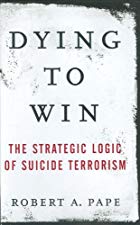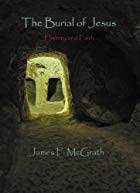Just a quick thought. I am still attempting to get a handle on how scholars treat the “Little Apocalypse” of Mark 13 and its counterparts in Matthew and Luke. Most recently I have been reading Theissen’s attempts to link it with the “Caligula crisis” of 40 ce.
I hear often enough that it matters not that the prophecy never “came true” as expected, since religious groups are never put off by their failures but always reinterpret them. They maintain their faith in them, we are told, and set them for another time in the near future.
But that’s not quite true. I know that the Seventh Day Adventists and other groups have a long list of failed prophecies that they have swept under their carpets. They are not reinterpreted. They go out of print and into the black hole of forgotten details that “never happened.”
What is reinterpreted is some classic or canonical prophecy that is an established pillar of their texts or prophetic visions. So today religious groups continue to reinterpret Mark 13 and Revelation in the light of whatever is happening today. But when they get too daring and say something that is proved false, that prophetic interpretation is dropped. The European Common Market was to emerge in 1972 or 1975 as the great Beast power at one point. That is forgotten, but Revelation and Daniel still hold centre stage for these prophecy buffs.
But in the case of Mark 13, this was a new text. If it was created in 40 ce as Theissen and others argue, then why on earth was it not as quietly dropped from view as a prophecy that 1972 or 1975 was to mark the beginning of the Great Tribulation II? It did not have the canonical status to have any staying power.
No doubt there is much I don’t understand about this. But I do not understand the argument usually offered. Why was it kept in the church if it indeed was a predicting an imminent threat to the Temple in Jerusalem in either 40 or 70 ce?
I have other suspicions about the prophecy, but I also want to know if there really is something I’m missing with the standard rationalization.



